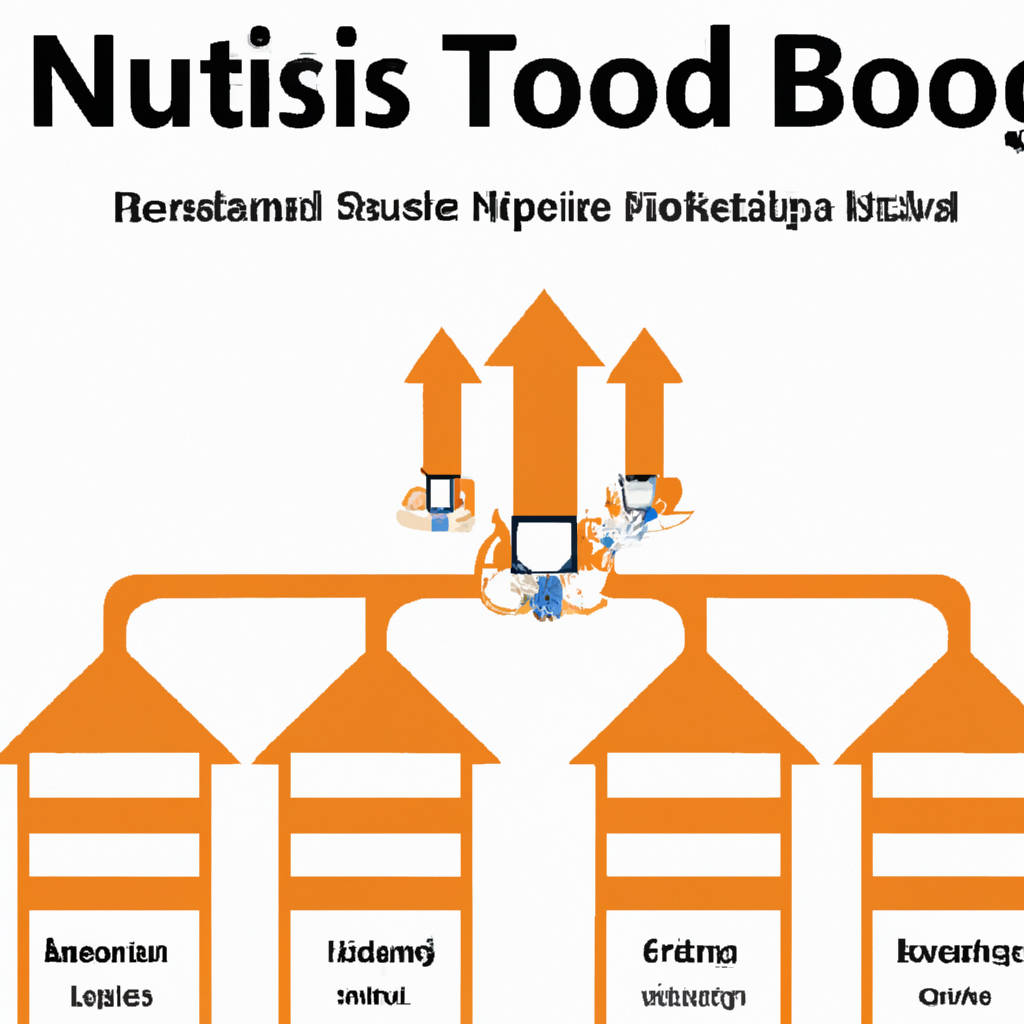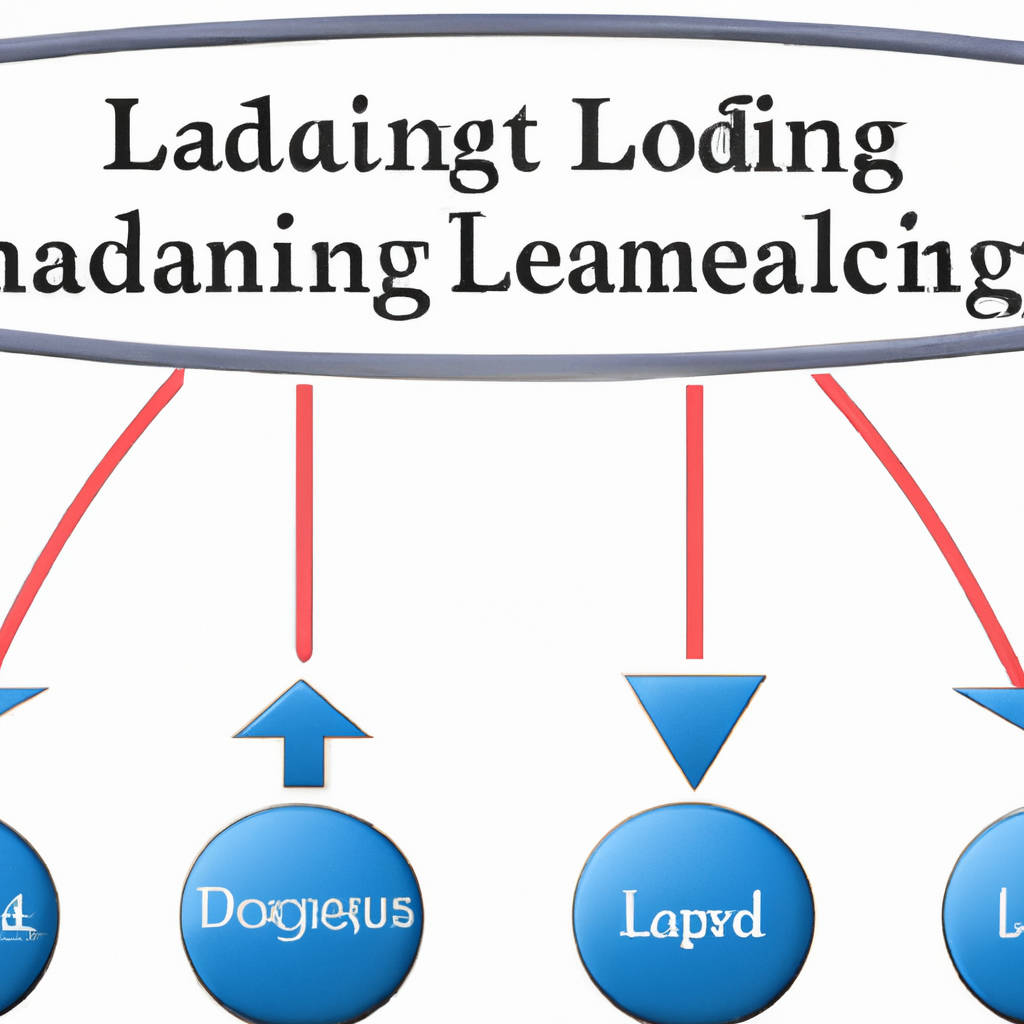NIC teaming is a powerful strategy used to increase network uptime and reliability by combining multiple network interfaces into a single virtual interface. This technology allows for the aggregation of network bandwidth, providing greater throughput and fault tolerance. By distributing network traffic across multiple interfaces, NIC teaming can prevent network bottlenecks and ensure continuous connectivity.
In the event of a network interface failure, NIC teaming seamlessly redirects traffic to the remaining interfaces, minimizing downtime and ensuring uninterrupted network access. Overall, NIC teaming is a valuable tool for organizations looking to enhance their network performance and reliability.

Understanding NIC Teaming
NIC teaming, also known as network interface card teaming or bonding, is a technology that allows multiple network interface cards to be grouped together as a single virtual interface. This can provide several benefits, such as increased bandwidth, fault tolerance, and load balancing. By combining the bandwidth of multiple NICs, NIC teaming can improve network performance and efficiency, especially in high-traffic environments.
Additionally, NIC teaming can provide fault tolerance by allowing for the automatic failover of network connections in the event of a hardware failure. This can help to ensure that network connectivity remains stable and uninterrupted, even if one NIC fails. Load balancing is another key benefit of NIC teaming, as it allows network traffic to be distributed evenly across multiple NICs, preventing any one NIC from becoming overwhelmed. Overall, understanding NIC teaming and how to properly implement it can help organizations optimize their network performance and reliability.
NIC Teaming Benefits
NIC teaming, also known as network interface card teaming, is a technology that allows multiple network interface cards to be used together in order to increase network performance and reliability. By combining the bandwidth of multiple NICs, users can achieve higher data transfer rates and ensure high availability of network connections. NIC teaming also provides redundancy in case one NIC fails, ensuring uninterrupted network connectivity.
This technology is particularly beneficial for organizations that require high network performance and reliability, such as data centers, cloud computing providers, and large enterprises. In addition to improving network performance and reliability, NIC teaming can also help balance network traffic across multiple NICs, preventing bottlenecks and ensuring efficient use of network resources. Overall, NIC teaming offers numerous benefits for organizations looking to maximize their network performance and ensure continuous availability of network connections.

Load Balancing
Load balancing is a critical aspect of modern technology infrastructure, especially in the realm of networking and server management. Essentially, load balancing is the process of distributing incoming network traffic or workload across multiple servers or resources in order to optimize performance and prevent overload on any one particular system. By evenly distributing the workload, load balancing can help ensure that all systems are operating efficiently and effectively, without any one system becoming overwhelmed.
This is particularly important in today’s fast-paced digital world, where businesses and organizations rely heavily on their network and server capabilities to deliver services and information to customers and users. Without proper load balancing, systems can become overloaded, leading to slow performance, downtime, and potential data loss. By implementing load balancing techniques, organizations can increase the scalability, reliability, and availability of their systems, ultimately improving the overall user experience and satisfaction. Overall, load balancing is a crucial component of modern technology infrastructure that helps to ensure optimal performance and efficiency across networks and servers.
Fault Tolerance
Fault tolerance is a crucial concept in the field of computer science and engineering. It refers to the ability of a system to continue functioning properly in the event of a failure or error. This is achieved through the use of redundancy and error detection mechanisms, which allow the system to automatically detect and correct errors without any disruption to its operation. Fault tolerance is particularly important in critical systems such as aircraft control systems, medical equipment, and financial transactions, where even a small error can have catastrophic consequences.
By incorporating fault tolerance into a system, engineers can ensure that it remains reliable and available even in the face of hardware failures, software bugs, or other unexpected events. This not only improves the overall performance and stability of the system but also enhances its resilience and ability to withstand challenging conditions. As technology continues to advance and systems become increasingly complex, fault tolerance will remain a key consideration for ensuring the safety and reliability of critical infrastructure and services.

NIC Teaming Modes
NIC teaming modes refer to the different ways in which multiple network interface cards (NICs) can be combined to improve network performance, availability, and load balancing. There are several types of NIC teaming modes, each offering unique benefits and functionality.
One common mode is active/standby, where one NIC is actively used for network traffic while the other NIC remains in standby mode, ready to take over in case of a failure. This mode provides redundancy and failover capabilities, ensuring continuous network connectivity. Another mode is active/active, where both NICs are actively used for network traffic simultaneously, distributing the load evenly between them.
This mode can improve network performance by increasing bandwidth and reducing congestion. Additionally, there is also switch-independent mode, where the NICs are connected to different switches, allowing for greater flexibility and scalability in network design. Overall, NIC teaming modes play a crucial role in optimizing network performance and reliability, making them a valuable tool for organizations looking to enhance their network infrastructure. By understanding the different modes and choosing the one that best suits their specific needs, businesses can ensure smooth and efficient network operations.
NIC Teaming Modes
NIC teaming modes refer to the different ways in which network interface cards (NICs) can be combined to increase bandwidth and provide fault tolerance in a network environment. There are several common NIC teaming modes, including switch independent mode, static teaming mode, and LACP (Link Aggregation Control Protocol) mode.
Switch independent mode allows the NICs to be connected to different switches, providing redundancy in case one switch fails. Static teaming mode involves manually configuring the NIC teaming settings on both the NICs and the switch, while LACP mode uses a protocol to automatically negotiate the teaming settings between the NICs and the switch. Each NIC teaming mode has its own advantages and disadvantages, depending on the specific requirements of the network environment.
For example, switch independent mode may be easier to implement but may not provide as much bandwidth as LACP mode. On the other hand, LACP mode requires more configuration but offers better performance and fault tolerance. Ultimately, the choice of NIC teaming mode will depend on factors such as network topology, hardware compatibility, and the level of redundancy and performance required. Overall, NIC teaming modes play a crucial role in optimizing network performance and ensuring reliable connectivity in modern networking environments.
Switch Independent
Switch Independent refers to a concept in which individuals prioritize their own values and decisions over societal norms or expectations. It is a mindset that emphasizes personal autonomy and self-determination in making choices that align with one’s beliefs and desires.
This approach can manifest in various aspects of life, such as career decisions, relationships, or lifestyle choices. Switch Independent individuals may choose unconventional paths or reject traditional expectations in favor of pursuing their own unique goals and aspirations. This mindset is often associated with a strong sense of individuality and a willingness to challenge the status quo. While some may view this mindset as rebellious or nonconformist, others see it as a form of empowerment and self-expression. Ultimately, Switch Independent is about taking ownership of one’s life and decisions, regardless of external pressures or expectations.
It is about embracing one’s true self and living authentically, even if it means going against the grain. By prioritizing personal values and desires, individuals can create a sense of fulfillment and satisfaction in their lives, knowing that they are living in alignment with their own beliefs and principles.

Load Balancing Methods
Load balancing methods are crucial for distributing workloads efficiently across multiple servers or resources to ensure optimal performance and reliability. There are several different load balancing methods that can be used, each with its own unique benefits and drawbacks. One common method is round-robin, where requests are distributed evenly in a circular manner to each server in a pool.
Another method is weighted round-robin, which takes into account the capacity and performance of each server and assigns requests accordingly. Additionally, there is least connections method, where new requests are sent to the server with the fewest active connections, helping to prevent overloading. Another popular method is least response time, which directs requests to the server with the fastest response time, ensuring efficient processing.
Moreover, there is IP hash method, which uses the client’s IP address to determine which server to send the request to, helping to maintain session persistence. Each load balancing method has its own advantages and disadvantages, and choosing the right method depends on the specific requirements of the system and the resources available. Ultimately, implementing an effective load balancing method is essential for ensuring that workloads are evenly distributed and that resources are utilized efficiently to deliver a seamless and reliable experience for users.
Microsoft’s NIC Teaming
Microsoft’s NIC teaming feature is a powerful tool that allows users to combine multiple network interface controllers (NICs) into a single virtual NIC, providing increased bandwidth and fault tolerance. By using NIC teaming, users can distribute network traffic across multiple NICs, reducing the chance of network bottlenecks and improving overall network performance.
This feature is particularly useful for businesses and organizations that require high levels of network reliability and performance. Additionally, NIC teaming can also help to streamline network management by simplifying the process of configuring and monitoring multiple NICs. Overall, Microsoft’s NIC teaming feature offers users a flexible and efficient way to enhance their network capabilities and ensure a more reliable and resilient network infrastructure.
